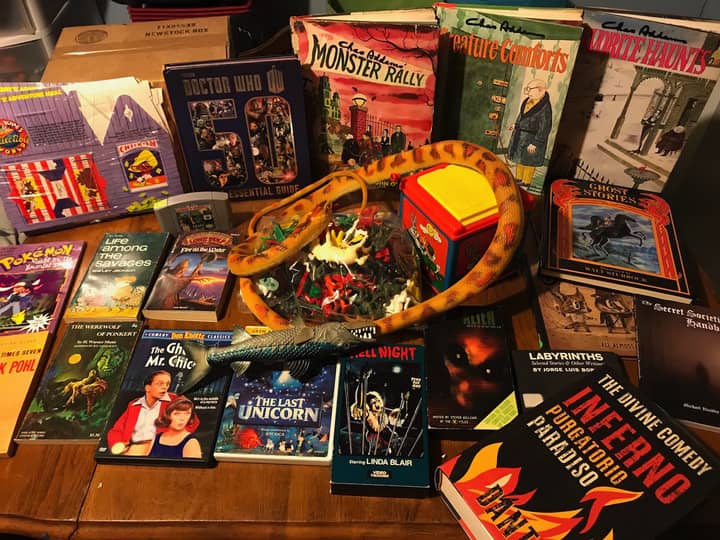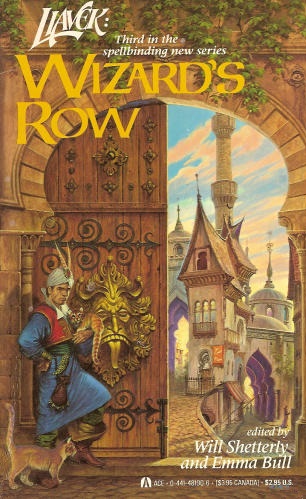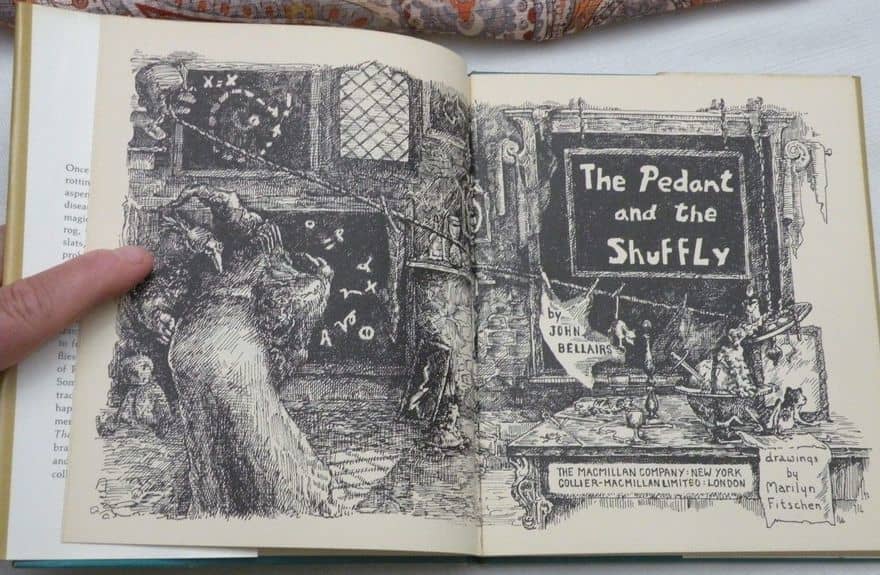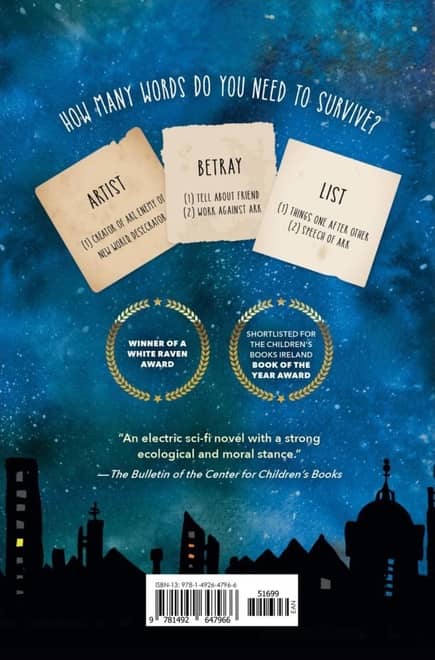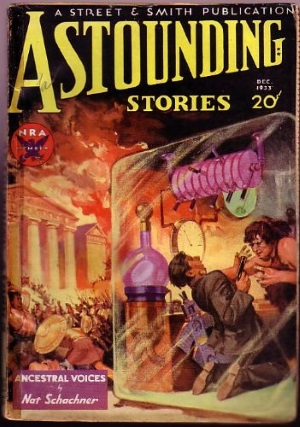Birthday Reviews: Allen Steele’s “Day of the Bookworm”
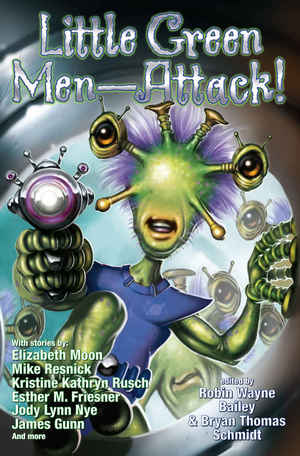
Allen Steele was born on January 19, 1958. He was a finalist for the 1990 John W. Campbell, Jr. Award for Best New Author. Steele’s first two Hugo Awards were for his novellas “The Death of Captain Future” and “Where Angels Fear to Tread” in 1996 and 1998. His third Hugo was for Best Novelette and broke with the five-word titles, for “The Emperor of Mars” in 2011.
He also received the Phoenix Award in 2002 from the Southern Fandom Confederation and the Robert A. Heinlein Award from the Heinlein Society in 2013. Many of Steele’s early works focused on the expansion of mankind into near earth space, with his more recent works exploring the planet Coyote.
“Day of the Bookworm” was published in the anthology Little Green Men—Attack!, edited by Bryan Thomas Schmidt and Robin Wayne Bailey and published by Baen Books in March, 2017.
When an alien spaceship lands in front of the main branch of the Boston library (as well as New York’s and London’s) in Allen Steele’s “Day of the Bookworm,” the military has a predictable response, cordoning off the blocks around the building and evacuating the library while waiting for any activity which would allow a military response. They are not prepared, however, for what actually happens, which is the appearance of two librarians, Molly Cooper and Levon Kahn, who were engaged in an illicit tryst and unaware of the evacuation notice.
The result was that they were able to work with the aliens who had entered the building to build up a sort of détente and understanding between the two races. Steele posits a similar situation to Galaxy Quest, which he notes within the story itself. His response is different from that of the film as his librarians work with the aliens, who resemble large slugs, to ensure that they have a better understanding of humanity, while not threatening them, despite the military power arrayed outside the library. Steele’s librarians’ solution is clever, but they must explain it to a reasonably sympathetic army colonel and an officious White House aide.

